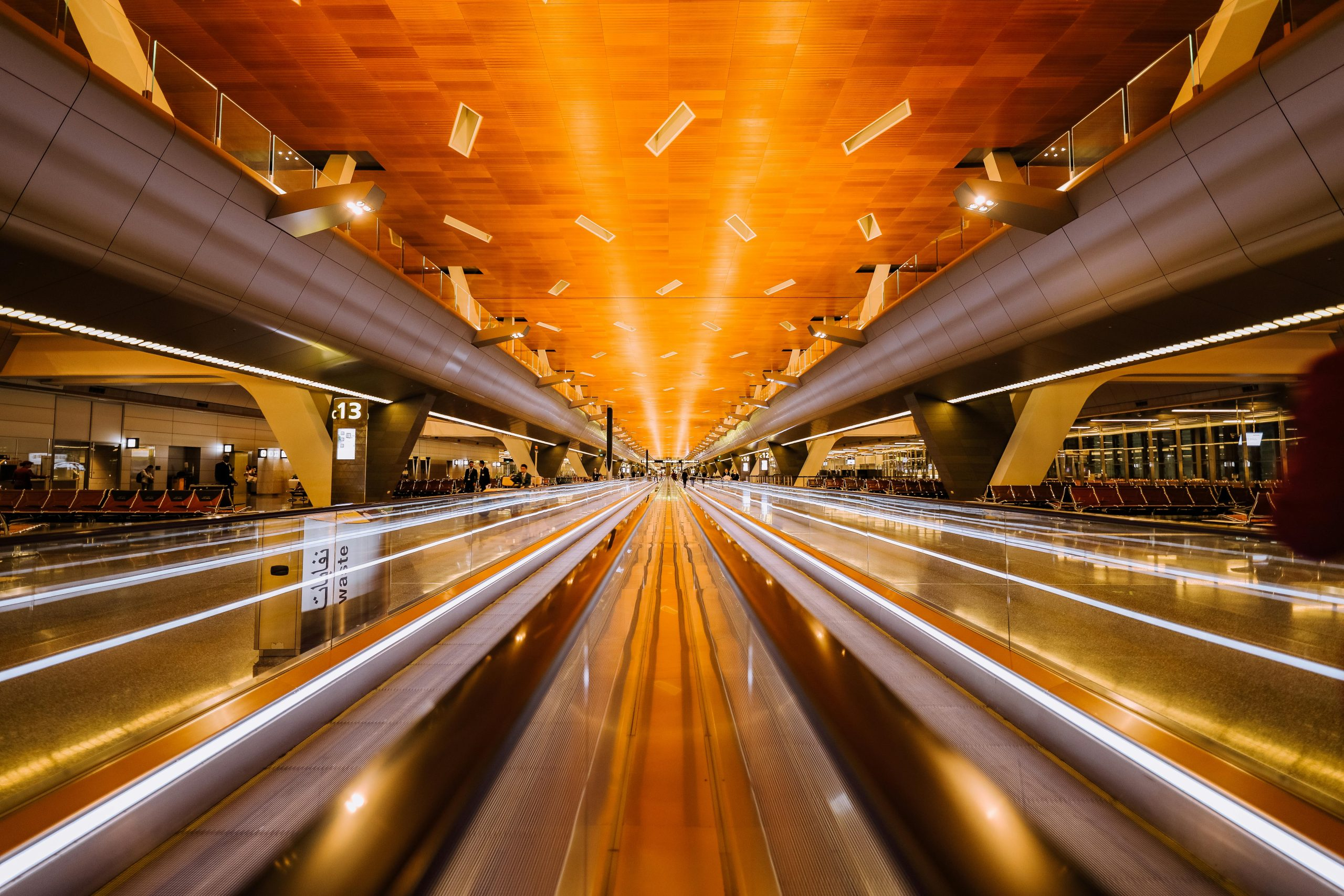Integrated Transportation Hubs: Seamless Multi-Modal Urban Travel
In today’s fast-paced world, efficient and seamless transportation is crucial for urban living. With the rise of smart cities and increasing urbanization, cities are constantly seeking innovative solutions to improve transportation for their citizens. One such solution that has gained popularity in recent years is the concept of Integrated Transportation Hubs. These multi-modal hubs provide a seamless and convenient travel experience for commuters, making urban travel more efficient and sustainable.
The Need for Integrated Transportation Hubs
As cities continue to grow, so do their transportation challenges. The traditional approach of having separate modes of transportation, such as trains, buses, and metro systems, often leads to congestion, delays, and inconvenience for commuters. This not only affects the productivity and well-being of citizens but also has a negative impact on the environment. With an increase in private vehicles on the roads, air pollution and carbon emissions have become major concerns for cities.
To address these challenges, cities are turning towards integrated transportation hubs to provide a seamless and efficient travel experience for their citizens. These hubs serve as central points where different modes of transportation, such as buses, trains, and metro systems, converge, making it easier for commuters to switch between modes of transport. This not only reduces congestion on the roads but also provides a more sustainable and eco-friendly travel option for citizens.
The Key Features of Integrated Transportation Hubs
Integrated transportation hubs are designed to provide a holistic approach to urban transportation. They offer a range of facilities including ticketing services, passenger information systems, waiting areas, and bike-sharing services. These features not only make the journey more convenient for commuters but also encourage the use of public transport, reducing the number of private vehicles on the roads.
Multimodal Connectivity
The most significant advantage of integrated transportation hubs is the easy connectivity between different modes of transport. Commuters can seamlessly switch between buses, trains, and metro systems, reducing their travel time and eliminating the need for multiple tickets. This not only makes the journey smoother but also encourages more people to use public transport, reducing the carbon footprint of the city.
Smart Technologies
Integrated transportation hubs leverage smart technologies to make the travel experience more convenient and efficient. This includes features such as real-time journey planning, real-time tracking of vehicles, and contactless ticketing systems. These technologies not only make the journey more comfortable for commuters but also help city authorities in managing traffic and reducing congestion.
Multi-Modal Information
To ensure a seamless travel experience, integrated transportation hubs provide multi-modal information to commuters. This includes real-time updates on arrival and departure times, route maps, and alternative routes in case of delays or disruptions. This information not only helps commuters plan their journey but also reduces the chances of getting lost or missing a connection.
Examples of Successful Integrated Transportation Hubs
Many cities around the world have successfully implemented integrated transportation hubs, revolutionizing urban travel. One such example is the Southern Cross Station in Melbourne, Australia. The hub connects trains, trams, and buses, providing seamless connectivity for commuters. Another example is the South Station in Boston, USA, which serves as a central point for bus, train, and subway systems, making travel easier and more convenient for citizens.
The Future of Urban Transportation
The concept of integrated transportation hubs is here to stay, and many cities are investing in their development to provide a better travel experience for their citizens. With the advancements in technology and the continuous efforts to make cities more sustainable, integrated transportation hubs will play a vital role in shaping the future of urban transportation.
Efficient and sustainable travel is the key to the success of any city, and integrated transportation hubs are a step towards achieving that goal. With their seamless connectivity, smart technologies, and multi-modal information, these hubs are transforming urban travel, making it more convenient, eco-friendly, and enjoyable for commuters. As cities continue to evolve, integrated transportation hubs will remain a crucial solution for efficient and sustainable urban living.










